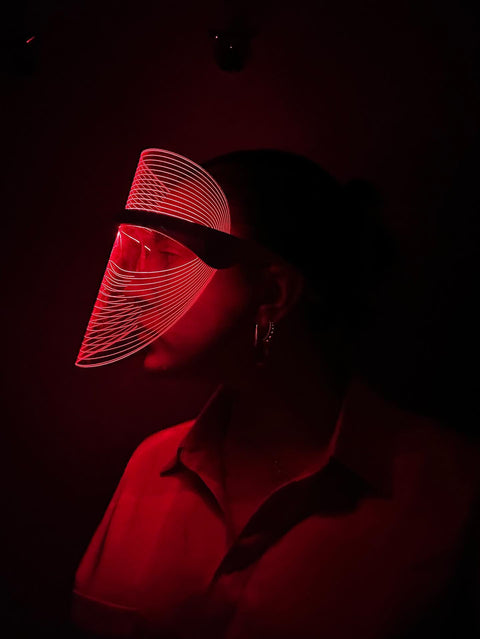
The Science: How LED Therapy Enhances Skincare
LED therapy has taken the skincare world by storm, but what’s the science behind it? Understanding how light therapy works can help you make the most of your skincare routine.
What is LED Therapy?
LED (Light Emitting Diode) therapy involves using specific wavelengths of light to penetrate the skin. Each wavelength targets different skin issues, from aging to acne.
How Light Penetrates the Skin
Different wavelengths of light penetrate the skin at various depths. For example, red light penetrates deeper, reaching the dermis to stimulate collagen production, while blue light targets the epidermis to kill acne-causing bacteria.
Benefits of Different Light Colours
- Red Light: Enhances collagen production, reduces wrinkles, and improves skin texture.
- Blue Light: Kills acne-causing bacteria, reduces inflammation, and prevents breakouts.
- Amber Light: Reduces redness, flushes out toxins, and helpful for rosacea and pigmentation concerns.
The Science Behind the Benefits
LED therapy works by stimulating cellular processes. The light energy is absorbed by skin cells, which then triggers various biological responses, such as increased collagen production or reduced bacterial activity.
The science of LED therapy reveals how light can be used to enhance skincare. By understanding how different wavelengths work, you can choose the right treatment for your skin concerns.
